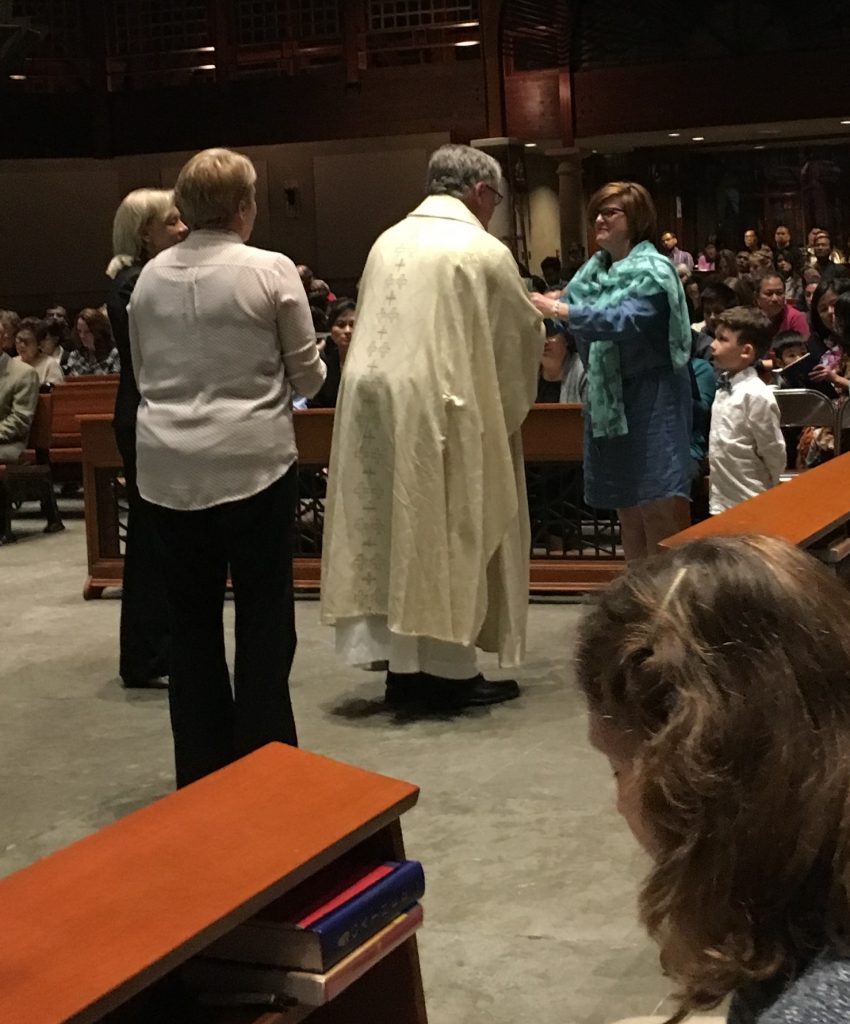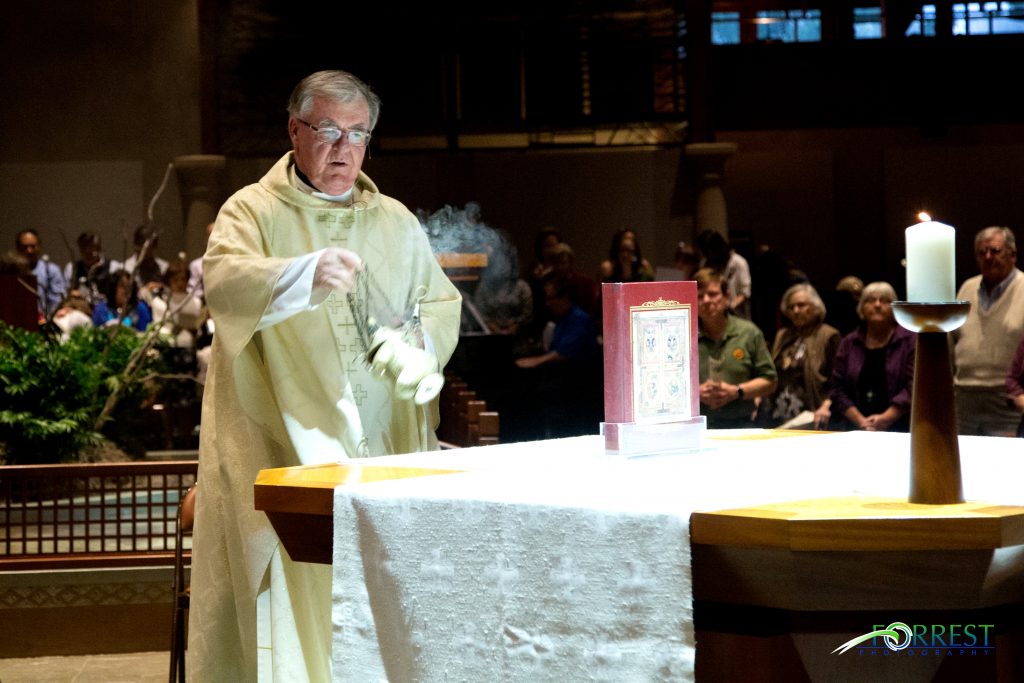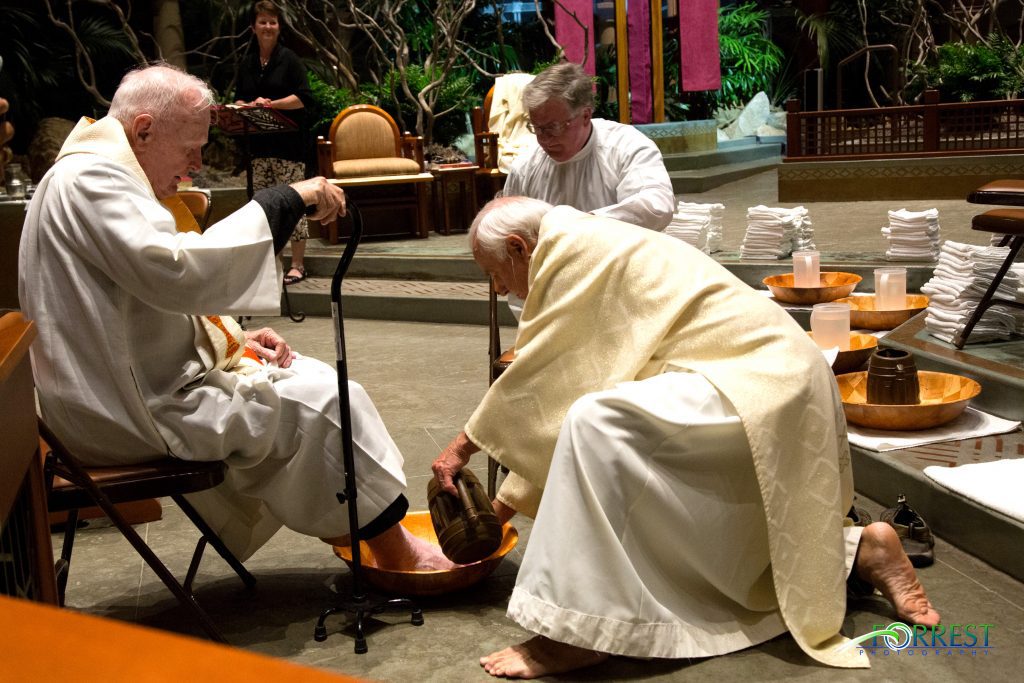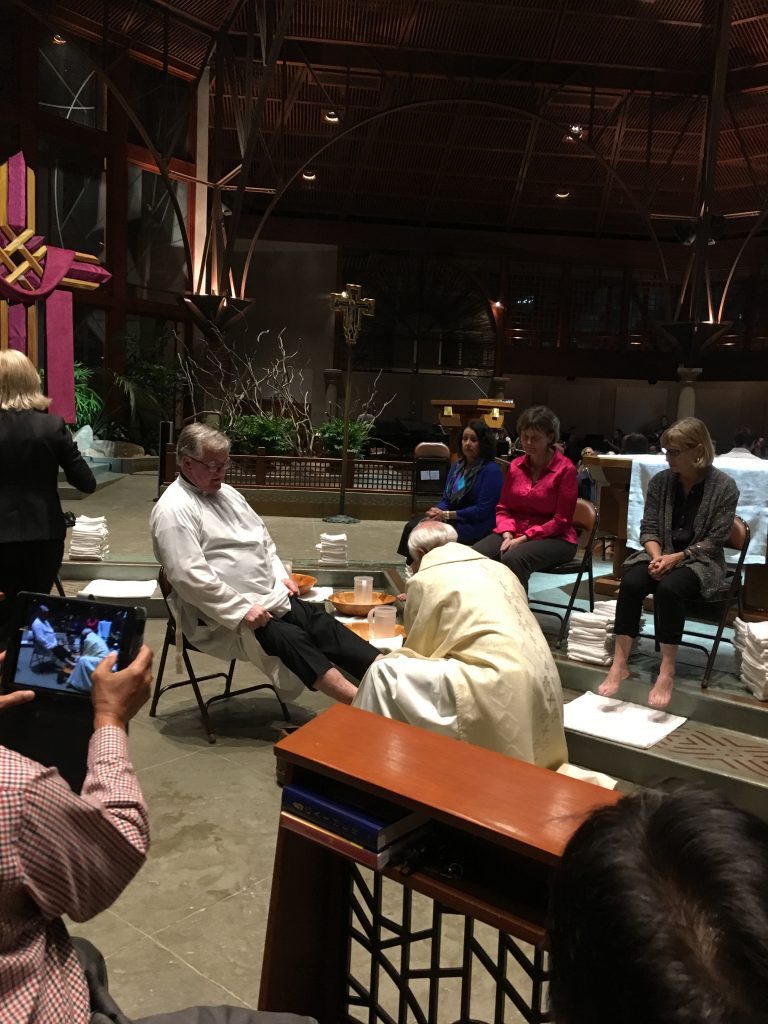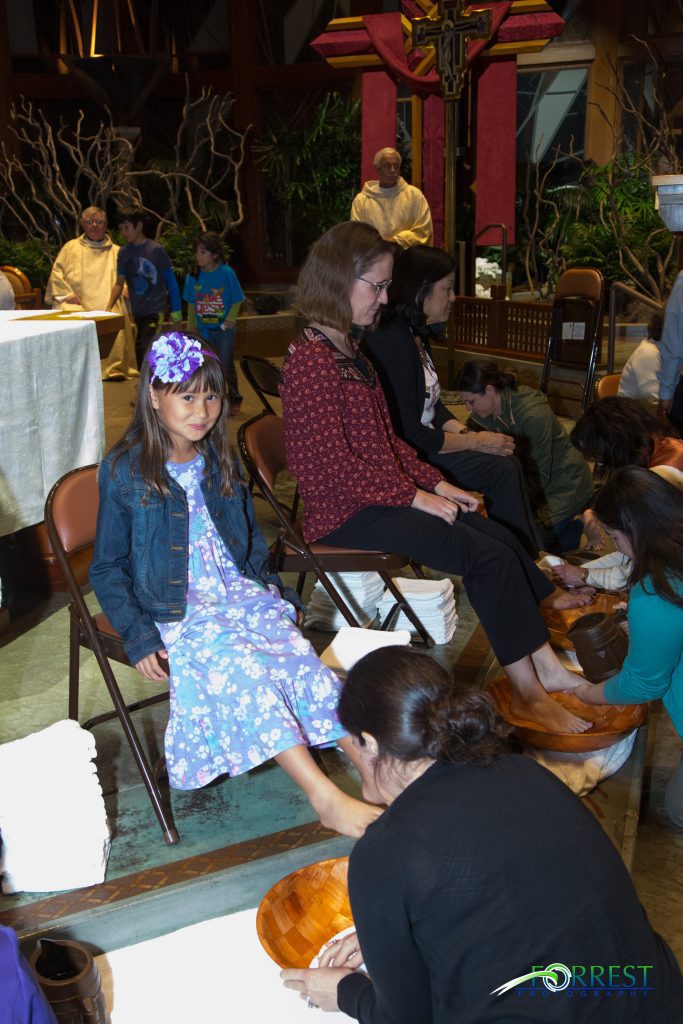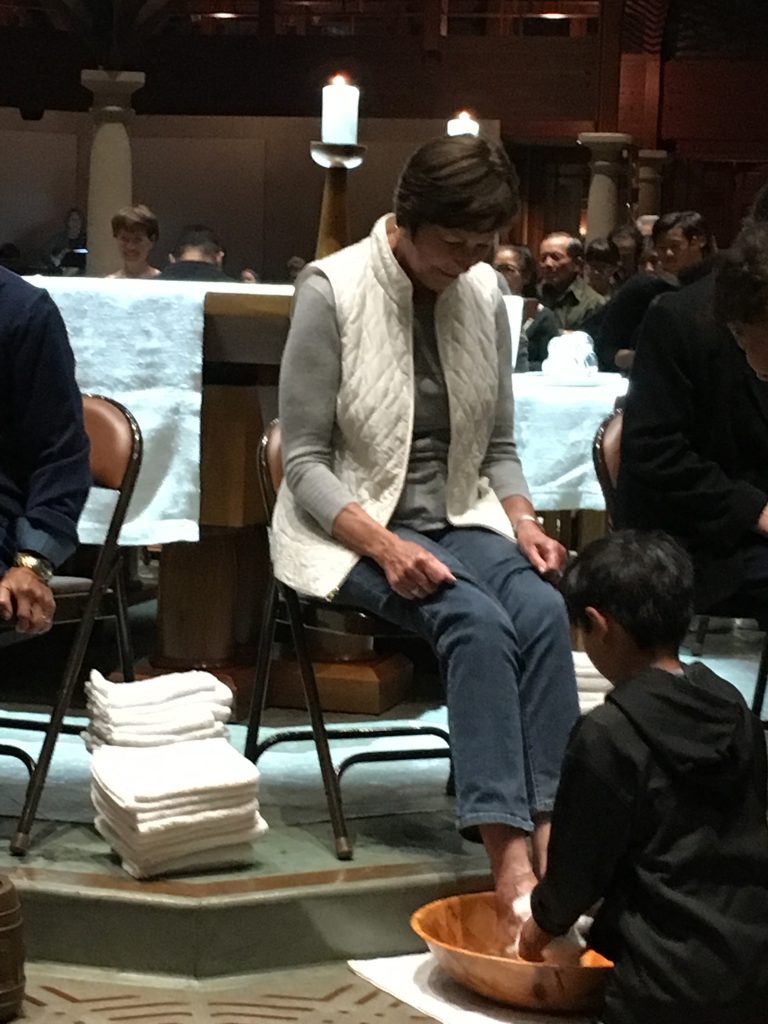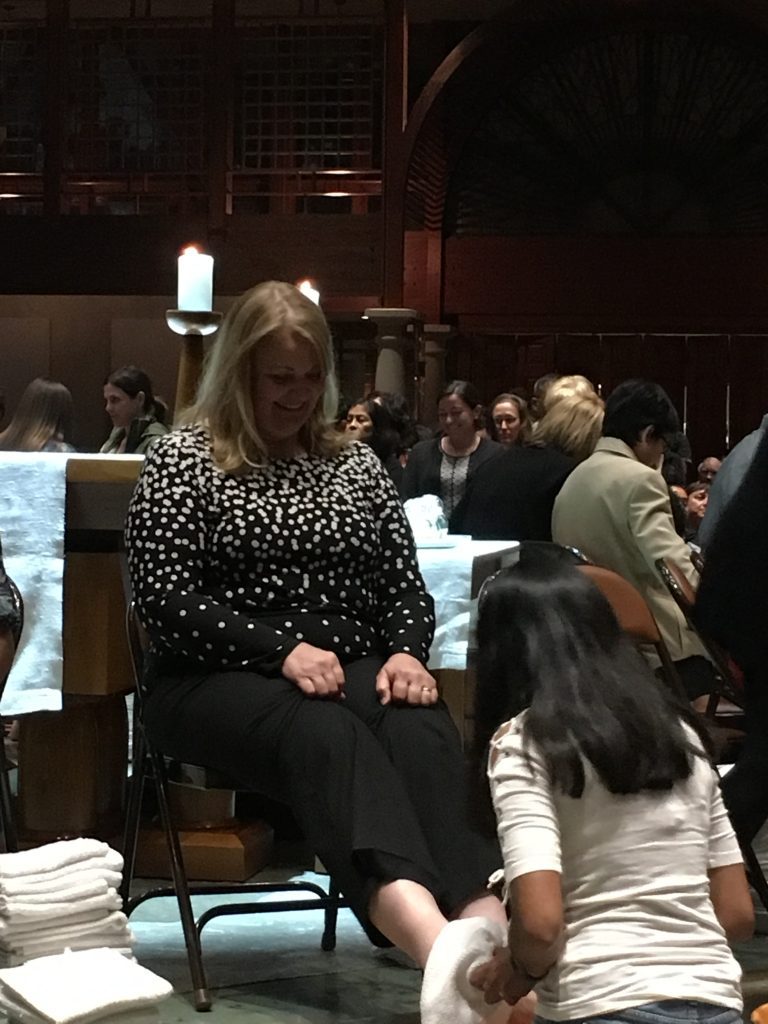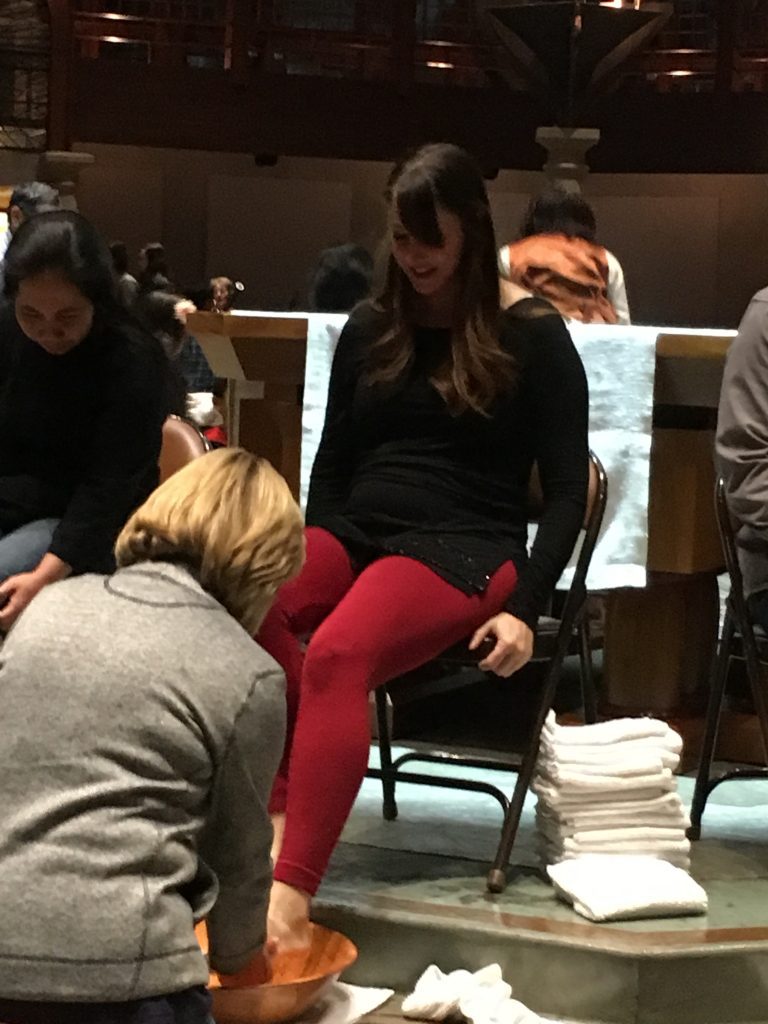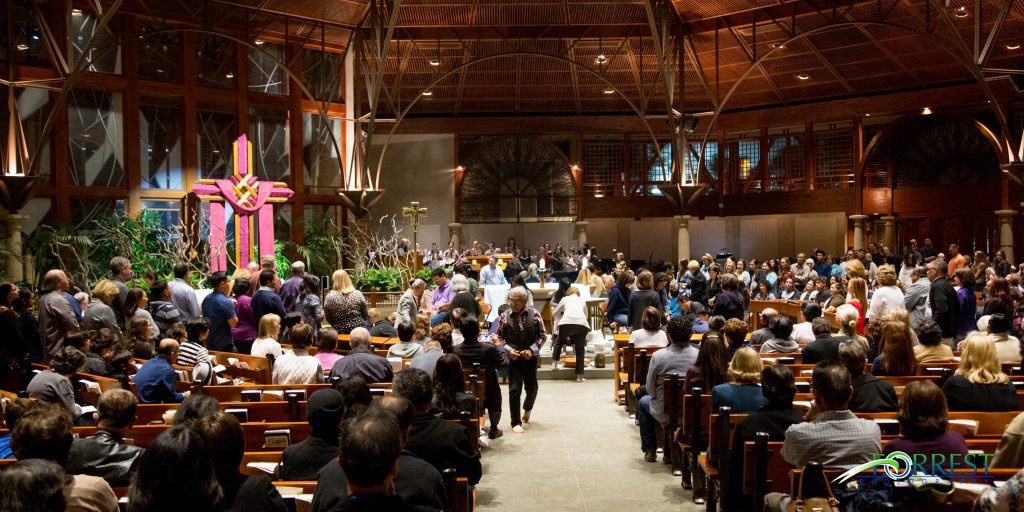Holy Thursday
No results found.
- Back
- Blood Drive
- Computer Help Ministry
- Connection 2 Christ Small Groups
- Divine Dining
- Divine Mercy Cenacle
- Donuts and Coffee
- Family Cancer Support
- Gala
- Gardening Ministry
- Helping Hands
- Kitchen Coordinator
- Mental Health Ministry
- Our Lady of Fatima Devotion
- Prayer Wheel
- Prayers and Squares
- Rosary Cenacle
- Special Needs Ministry



